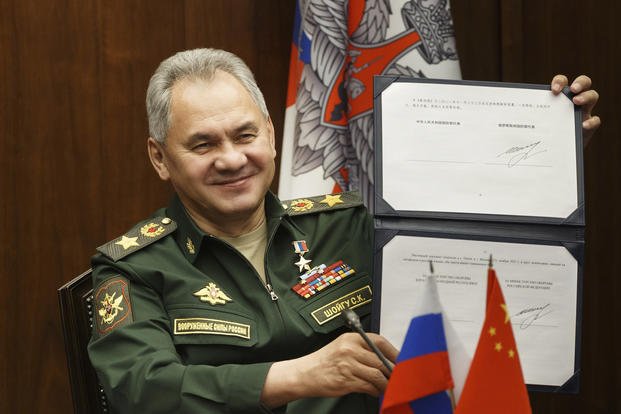Nathan Strout
:quality(70)/cloudfront-us-east-1.images.arcpublishing.com/mco/N5N2J5PVCFA7DF5XBYPKQOEL24.jpg)
WASHINGTON — The U.S. Army will work with radar satellite imagery provider ICEYE to understand how that technology can be integrated into current and future Army missions and technologies.
Based in Finland, ICEYE operates the world’s largest fleet of commercial synthetic aperture radar (SAR) satellites. Unlike the traditional electro-optical sensors military and intelligence agencies use to scan the Earth from space, SAR uses radar to create high-resolution imagery of the Earth’s surface. Because SAR isn’t dependent on visibility, it can be used to produce imagery any time of day or night. It also has the distinct advantage of being able to “see” through cloud cover, something that hinders electro-optical imagery collection.
ICEYE will collaborate with the Army’s Space and Missile Defense Technical Center through a cooperative research and development agreement, or CRADA, a tool that allows the government to explore commercial capabilities without financial commitments.















